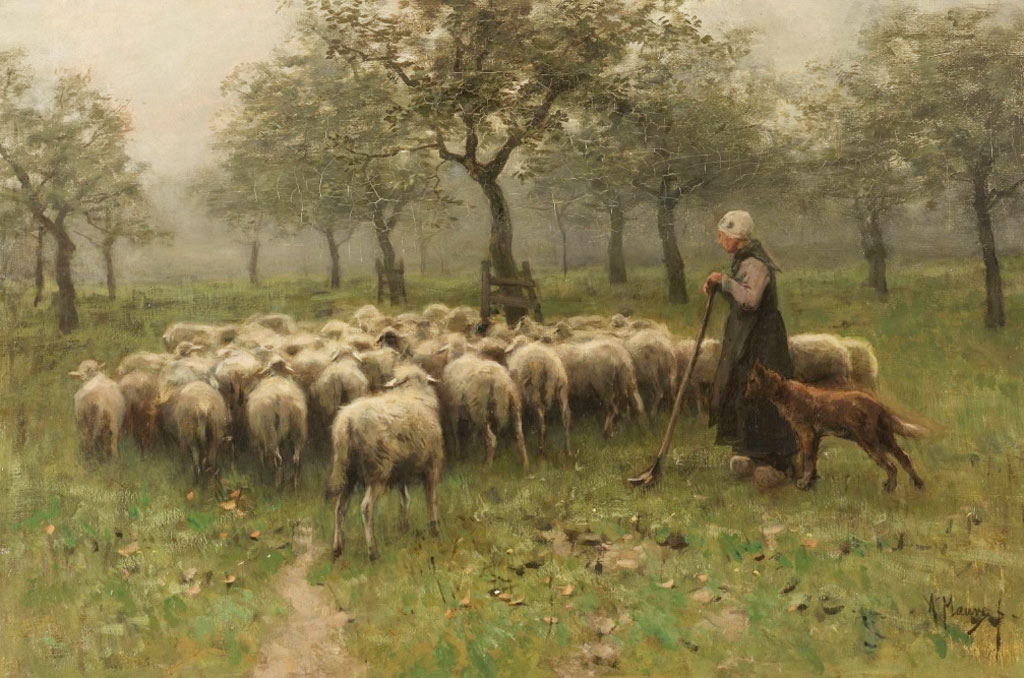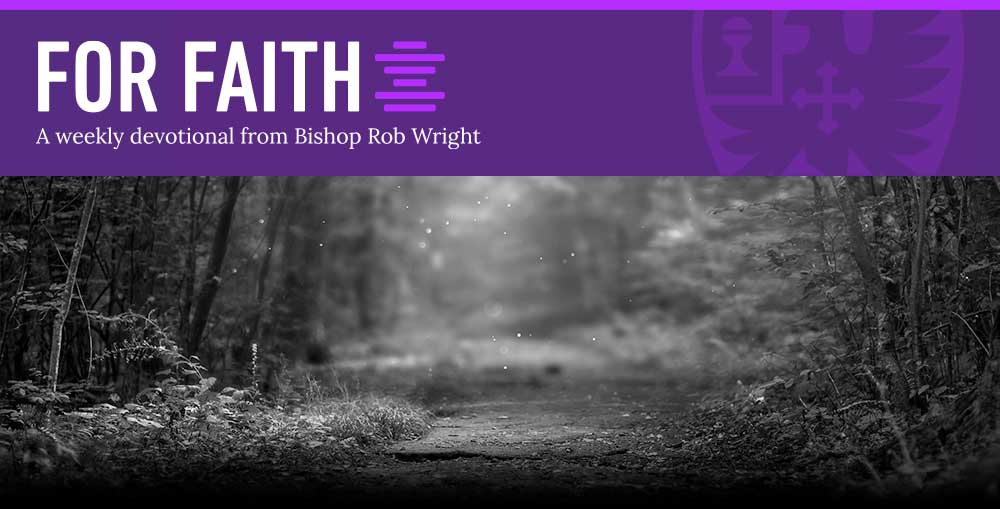I.Theme – Mystical experiences from Stephen and the Apostles about the truth and revelation of God and the foundation of the building, the church.

"I am the Road, the Truth and Life" – Vasakyrkan, Gothenburg, Sweden
The lectionary readings are here or individually:
First reading – Acts 7:55-60
Psalm – Psalm 31:1-5, 15-16 Page 622, BCP
Epistle –1 Peter 2:2-10
Gospel – John 14:1-14
Today’s readings portray mystical and unitive experiences come from the challenges of life. Mysticism often provides us with a greater perspective that liberates us from self-centeredness and defensiveness, thus enabling us to live compassionately.
In the course of his inquisition and martyrdom, in the First Reading Stephen has a vision of God. It enables him to experience his death fearlessly and compassionately. Like Jesus before him, he faces persecution with forgiveness, recognizing from his larger spiritual perspective than the utter ignorance of his persecutors. Their actions are based on a wrong perception of reality; they experience grace as threat and resurrection as destructive of their religious tradition, rather than pathways that will lead to a transformation and expansion of their faith. Perhaps someday, Stephen’s persecutors, including Paul, who watches the stoning with a sense of approval, will experience the living Christ and truly know God’s nature. Stephen’s own forgiveness, based on his mystical experience, may create a ripple effect, opening the door to new possibilities for divine action in his persecutors’ lives.
The Psalmist gains courage through a larger perspective. Threats are all around, danger abounds, but the Psalmist proclaims “my times are in your hand.” The gift of a larger spiritual perspective enables him to experience God’s love shining upon him.
The author of I Peter reminds his listeners to feast on spiritual soul food. They have tasted the goodness of God, and from that nurture, they are able to be “built into a spiritual house.” Growing in spirit enables us to become a royal priesthood, living by life-giving values and sharing good news by our words and actions. This spiritual priesthood is not set apart as better than others, but given the call to healing and transformation, of not only sharing good news but becoming good news to the world.
John 14:1-14 begins with metaphor to a house – In God’s realm there are many dwelling places; Jesus as the Christ prepares a place for us – a future and a hope we can rely on – that enables us to experience eternal life in the here and now. We can face persecution, aging, and death because of our faith in God’s everlasting love. The trials we face now are part of a larger adventure of growing with God.
The passage becomes complicated by the words “I am the way, the truth, and the life. No one comes to the Father except by me.” Perhaps, Jesus is saying, “I am providing a way. It’s not up to you to decide who’s in and who’s out. Look at my life and you will see the heart of God. You will see God’s love for the lost and broken. Don’t place a wall where I have placed a bridge. Don’t decide the scope of salvation, and exclude those I love.” God’s way addresses us in many ways – just as there are many mansions – and we would do well to be generous rather than stingy about the scope of salvation.
Then, Jesus describes his own unitive experience with God. Just look at Jesus and you will see the heart of God: God is in me, and I am in God.The unity of God and Jesus is a unity of vision and aim, an alignment of spirit that releases divine energies in our world.
The passage concludes with the promise that we can align ourselves with God, and then do greater things than we can imagine. What could these greater things be? Given the vision of Jesus’ life presented in the gospels, we could do greater acts of hospitality, spiritual nurture, and healing. We have powers we can’t imagine that can be released when we align ourselves with Christ’s way, letting Christ be the center of our experiences and letting God’s vision guide us moment by moment.
We are always on holy ground. We all can be mystics in our own unique ways, seeing deeply into the universe, and we can have powers to heal and embrace through our relationship with God, individually and as congregations.
Read more








